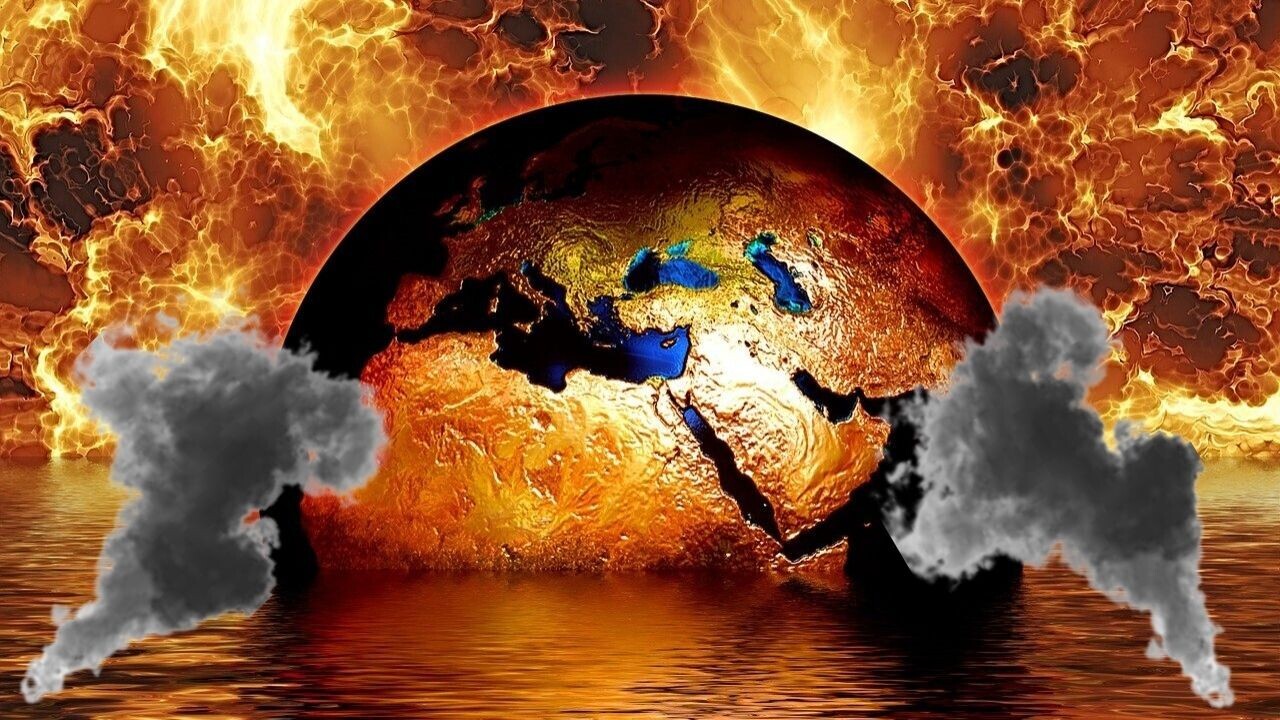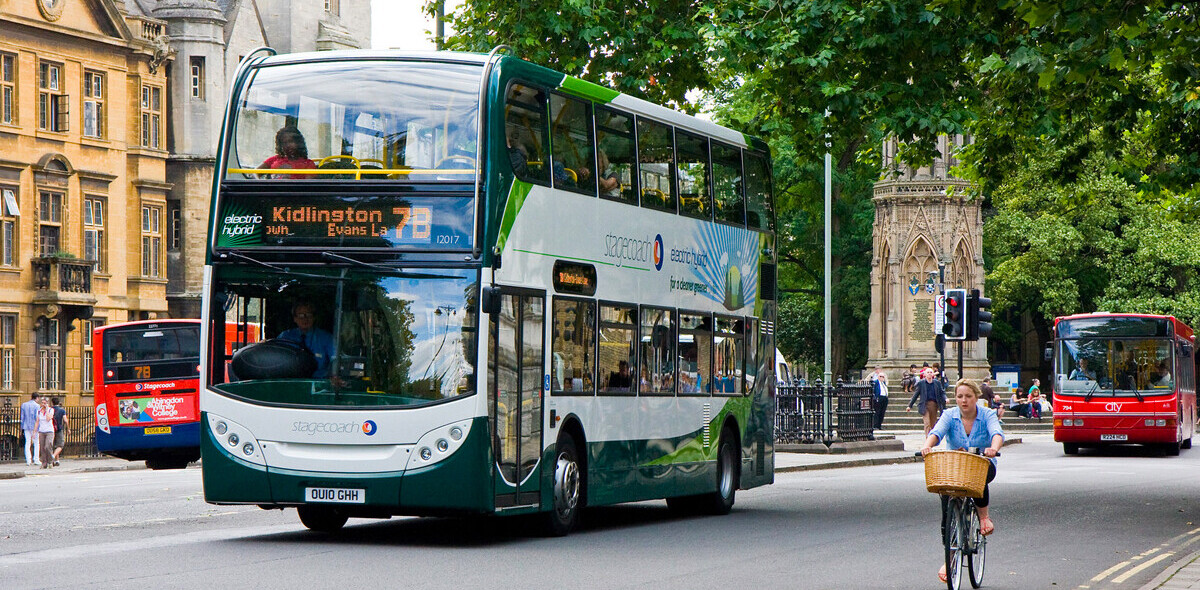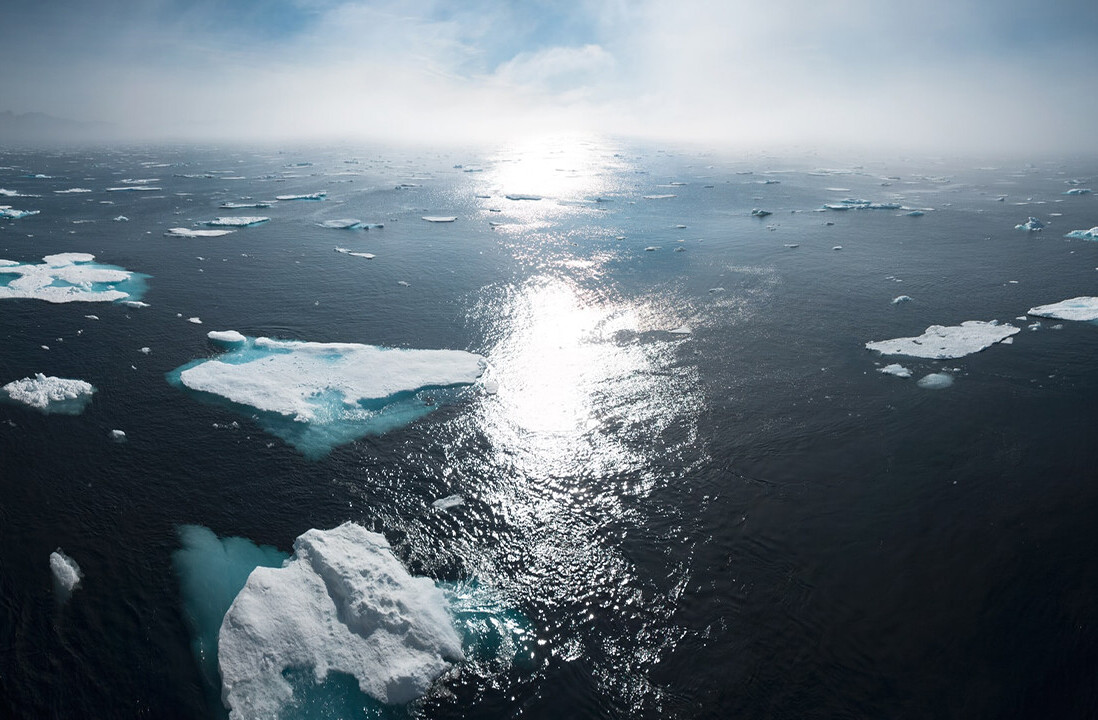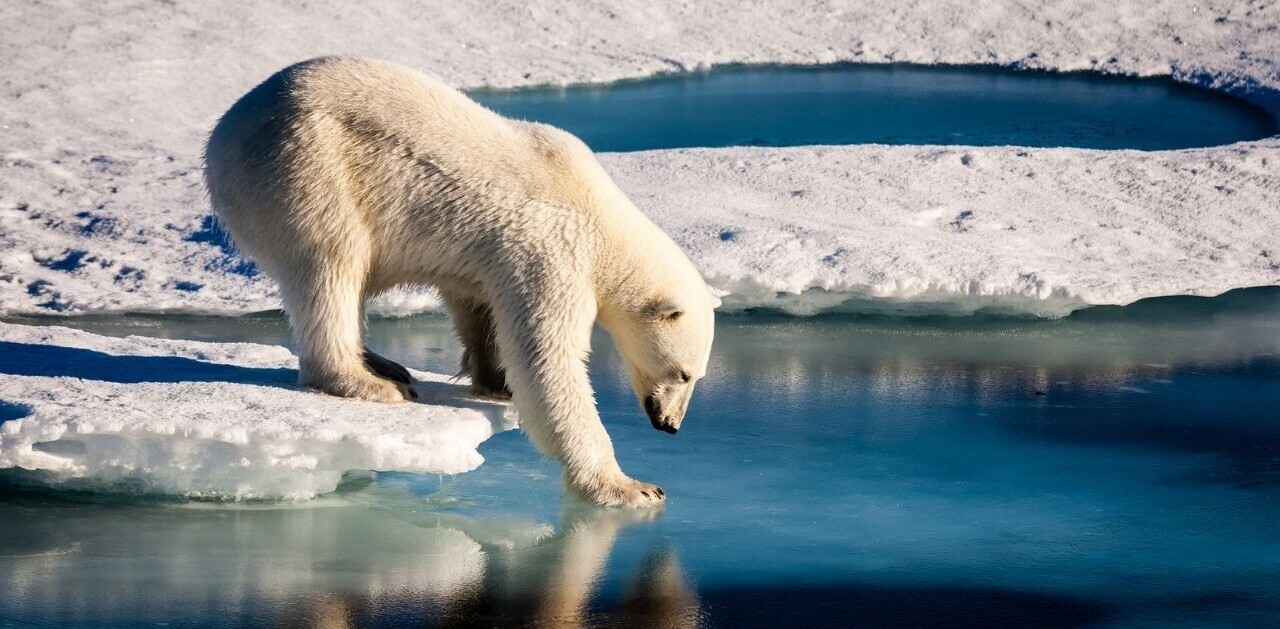
Despite a global push towards cleaner forms of energy, we are not on track to battle global warming, the International Energy Agency (IEA) warns in its World Energy Outlook 2021 report.
Even more alarmingly, the scenarios mapped out in the report show that announced pledges fall far short of the emission reductions needed to limit the temperature rises to 1.5 Celsius degrees — beyond which the worst impacts of climate change will be felt.
Feeling depressed yet? Me too.
Transport at the core of the problem
Not surprisingly, transport is expectedly a focal point of the report, as it has the highest levels on reliance on fossil fuels and accounts for 37% of CO2 emissions from end-use sectors.
To highlight the need for more ambitious action by governments, the IEA laid out two scenarios regarding the sector’s effect on climate change:
-
The Announced Pledges Scenario (APS), which assumes that all climate commitments made by governments around the world will be met in full and on time.
-
The Net Zero Emissions by 2050 Scenario (NZE), which sets out a narrow but viable plan for the global energy sector to achieve net zero CO2 emissions by 2050.
IEA estimates that by 2030, transport emissions will be almost 2.5 gigatonnes higher in the APS than in the NZE scenario, with road transport representing nearly three-quarters of the ambition gap between the two scenarios.
Two reasons why
First up, the APS scenario will see an increased demand in conventional car sales in developing economies due to the lack of respective pledges.
As a result, transport energy demand is expected to be 24% higher in 2030 that in 2020, whereas in the NZE it’s projected to remain at the same levels.
The second main reason is the slower electrification pace in the APS in combination with lower deployment of bioenergy and hydrogen-based fuels.
In this scenario, more than 89% of transport’s consumption by 2030 is still based on oil products, and close to 5% on electricity. In the NZE, however, oil products are decreased to 75% and electricity rises by 2%.
To get a clearer picture, below you can observe the CO2 emissions and energy consumption per scenario:

Closing the gap from the APS to the NZE
The report calls governments around to world to follow three steps in order to achieve net zero emissions by 2050:
- Driving energy efficiency and behavioral change to reduce energy demand.
- Accelerating the electrification of road and rail transport through supportive policies and infrastructure development.
- Speeding up innovation and infrastructure investment to enable decarbonization in heavy-duty trucks, aviation, and shipping after 2030.
Why we NEED to close to gap
Even if the pledged climate commitments are met in full, we’re talking about a 40% decline in energy-related CO2 emissions, by 2050.
That’s a big improvement undoubtedly, but the global average temperature would still rise by 2.1 degrees Celsius above pre-industrial levels in 2100.
According to the global warming report by the Intergovernmental Panel on Climate Change (IPCC), global warming that surpasses 2 degrees Celsius would have the following devastating consequences:
- About 61 million more people in Earth’s urban areas would be exposed to severe drought.
- Between 184 and 270 million moρε people are projected to be exposed to water scarcity in 2050.
- Some 37% of the Earth’s population will be exposed to severe heatwaves at least once every five years.
- More of Earth’s land areas will be affected by extreme precipitation, flooding, and tropical cyclones.
The list goes on and on… and is enough to have you sobbing into your pillow.

The Net Zero Emissions target will help but won’t solve the problem
The Net Zero Emissions by 2050 scenario targets a 1.5 degrees path, which isn’t a panacea, but can somewhat limit the severe environmental impacts.
And given the damage we’ve inflicted on the planet, it’s the least that we can do.
For this reason, the IEA calls governments to send an “unmistakable signal of clean energy ambition and action” at the upcoming UN Climate Change Conference (COP26), which will be held in November in Glasgow.
Do EVs excite your electrons? Do ebikes get your wheels spinning? Do self-driving cars get you all charged up?
Then you need the weekly SHIFT newsletter in your life. Click here to sign up.
Get the TNW newsletter
Get the most important tech news in your inbox each week.





